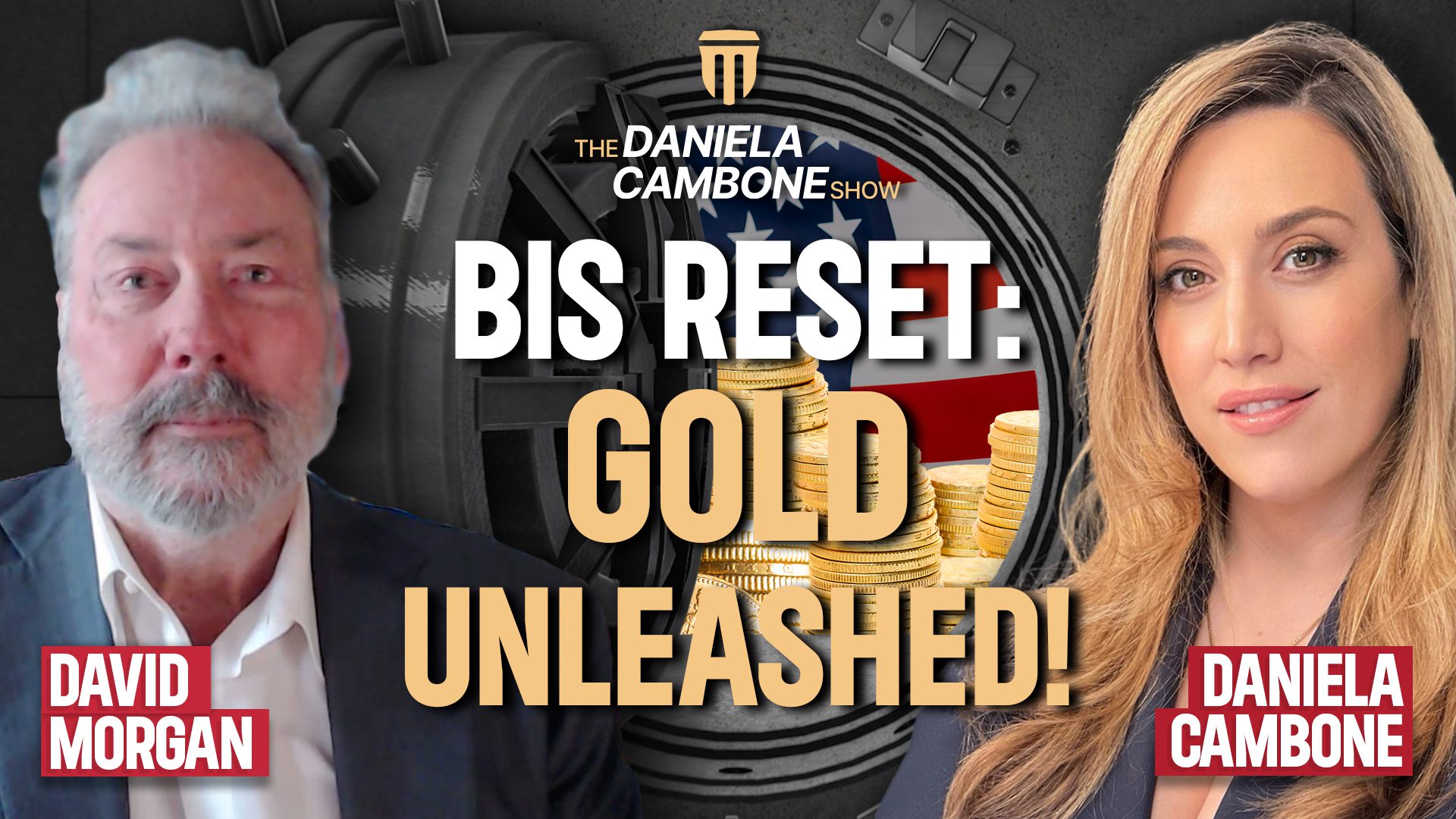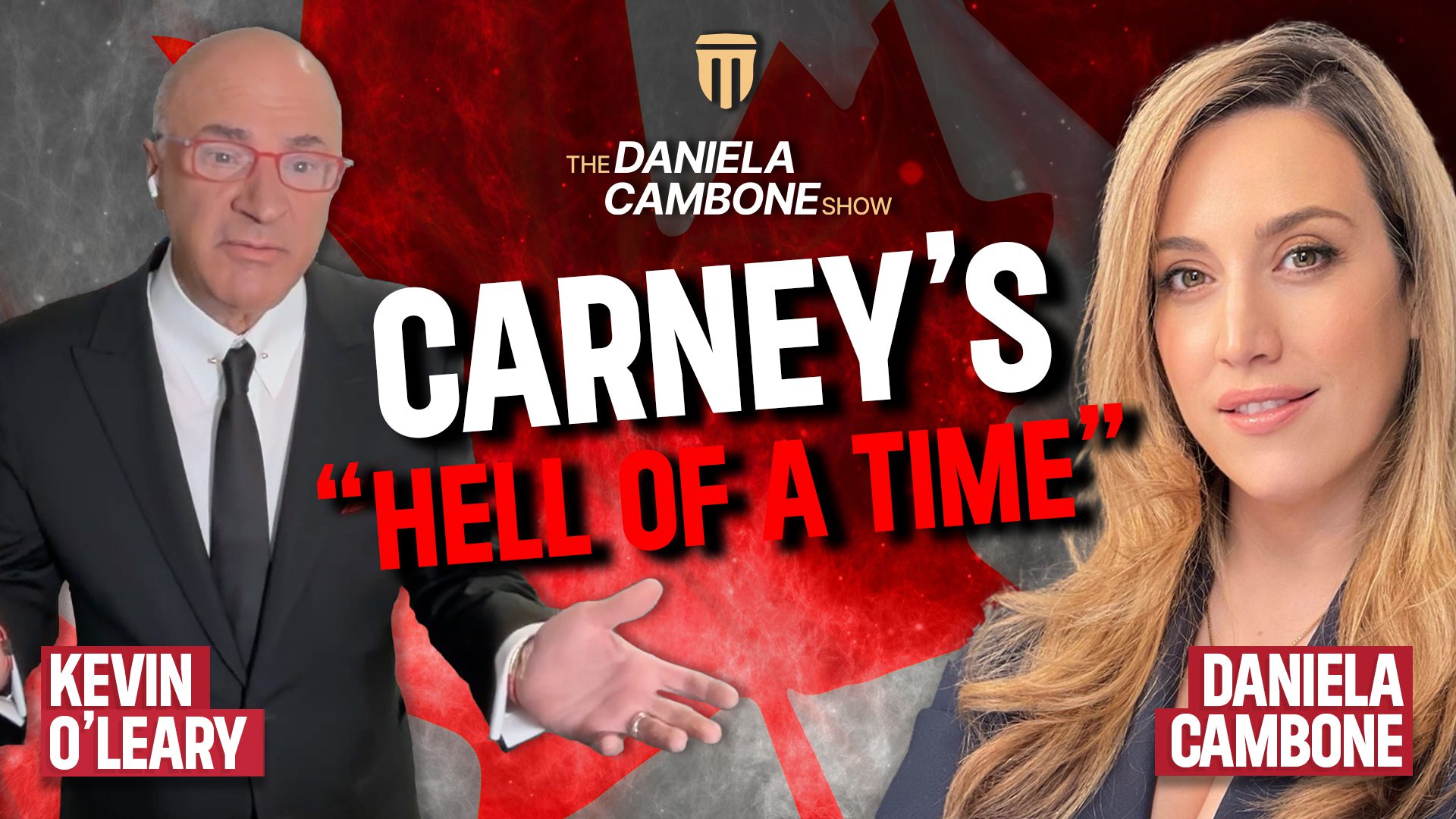Increased Central Bank Monetary Easing Worldwide

The average worldwide central bank interest rate is projected to fall to 1.79% from 2.16% by June, the largest drop since 2009 according to JP Morgan Chase. The last time a drop in rates this dramatic occurred 15 central banks all cut rates around the same time. If you recall at that time the stock market was recovering from a massive downturn.
Usually when this type of rate cutting event occurs it means that planners see slowing growth or already stalled growth and are trying to avert a global economic slowdown or worse. In conjunction with the European debt crisis central banks seem to be very concerned, and it looks as though a massive bailout plan likely to be over a trillion Euros will occur soon.
As of right now countries like China and India face a danger of cutting interest rates as inflation in those countries is already running high. In fact China has raised rates three times this year and India thirteen times. So those countries will probably wait and see how things unfold before making a rate cut like the U.K., Australia, Brazil, Denmark, Romania, Serbia, Israel, Indonesia, Georgia and Pakistan did already. JP Morgan estimates that Chile, Mexico, Norway, Peru, Poland and Sweden are likely to make cuts by the end of Q1 2012 (16 total central banks).
Our central bank, the Federal Reserve, cannot cut rates as they are already at 0-.25% and have been for an extended period of time; however they have been trying other tricks like replacing $400 billion of short-term securities with longer-term issuances in an attempt to push down long-term rates, and many analysts are expecting another round of quantitative easing (QE3).
Central banks around the world are clearly concerned with the global economic picture, and easing is likely to worsen inflation concerns, especially if we see QE3 here in the states and a one trillion plus European debt bailout.
During times like these investors turn to gold and silver to protect their assets. Precious metals are widely held as an alternative currency and tend to perform well when inflation runs high. They also tend to perform well during times of great concern. If central banks are concerned with the economy worsening then now is a great time to start protecting your assets with gold and silver if you haven’t already started. Central banks are buying gold, shouldn’t you?














